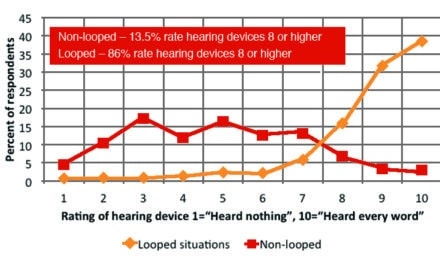Many people with Parkinson’s disease are able to recall losing their sense of smell well before the onset of more commonly recognized symptoms such as tremors, impaired dexterity, speech problems, memory loss, and decreased cognitive ability. To determine if a fading sense of smell may signal Parkinson’s, researchers at Northwestern Memorial Hospital, Chicago, and Northwestern University’s Feinberg School of Medicine are participating in a national study to examine the correlation and determine if smell loss presents a tool for early detection of the disease and an opportunity to delay or ultimately prevent more troublesome symptoms.
Nearly one million people in the United States are affected by Parkinson’s disease, which stems from premature aging of dopamine-producing cells in the brain, and the number is likely to grow as the population ages. By the time Parkinson’s disease is detected, most individuals have already experienced a 60 to 70% loss of dopamine-producing cells in the brain.
“Very little is known about the early stages of this disease,” says Tanya Simuni, MD, director of Northwestern’s Parkinson’s Disease and Movement Disorders Center and associate professor of neurology at the Feinberg School. “By utilizing smell testing in conjunction with other tests, we hope to develop a system that identifies the presence of Parkinson’s before it develops into problematic symptoms.”
Northwestern is one of 15 sites nationwide and the only center in Illinois to participate in the Parkinson’s Associated Risk Study (PARS), the largest long-term study in the United States of relatives of individuals with Parkinson’s disease. Evaluating 7,500 relatives for 3 to 5 years, the study draws from research demonstrating that first-degree family members such as mothers, fathers, siblings, or children have a slight increase in their risk to develop the disease. As age has been recognized as the single proven risk factor for the onset of Parkinson’s symptoms, the study will monitor relatives 50 years or older.
PARS study participants will be sent a scratch-and-sniff test accompanied by a brief questionnaire to be completed at home, with possible follow up through continued questionnaires or evaluation by a local neurologist. Participants may also be contacted for more extensive testing.
“This study presents an enormous opportunity to not only better understand the initial stages of Parkinson’s, but also help future generations,” says Simuni. “In the future, early detection combined with neuroprotective therapy may pave the way for interventions that slow the progression or even prevent the onset of Parkinson’s disease.”
To learn more about the Parkinson’s Disease and Movement Disorders Center at Northwestern Memorial, visit www.parkinsons.northwestern.edu.
[Source: Northwestern University]


.gif)

